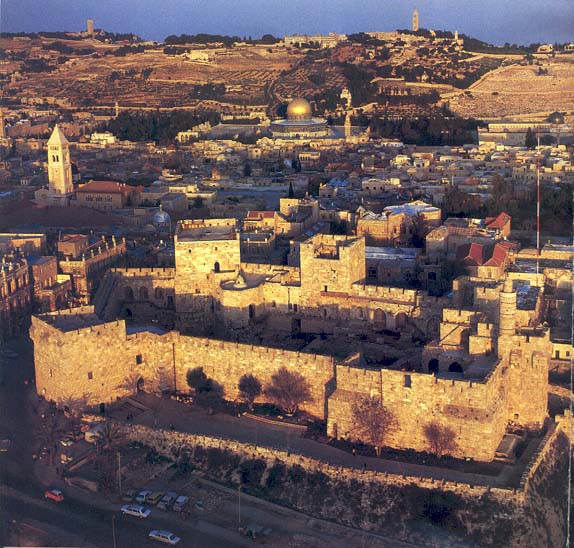Image Details

Richard Nowitz
Gazing east over the colorful architectural collage that makes up Jerusalem’s Old City today, it is difficult to imagine the bleak vista—broken only by burnt houses and discarded stones—that would have confronted a visitor to the city after the Roman destruction in 70 C.E.
Scholars have long argued that after the Roman army conquered the city, it expelled the Jews and quickly established tight control, building a walled camp where David’s Citadel and the Armenian Quarter lie today (inside the thick walls in the foreground). But archaeologists probing for the army’s remains are finding that the Roman camp was much more spread out and probably unfortified. The Romans so devastated the Jews that they had no need to protect themselves from a counterattack.
